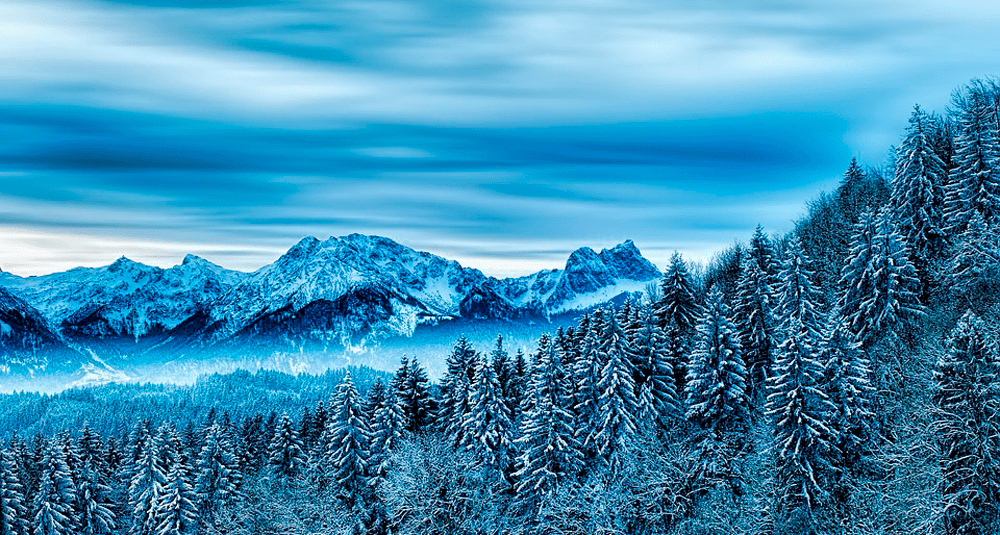What conifer loses its thorns in winter?
Last Updated:
Conifers are generally associated with evergreen trees, which retain their needles throughout the year. However, some species, known as deciduous conifers, lose their needles in autumn. The larch (genus Larix) is one of the most remarkable examples of these deciduous conifers.
The larch is a member of the Pinaceae family. It is found mainly in temperate regions of the northern hemisphere, notably in Europe, Asia and North America. Among the best-known species are the European larch (Larix decidua), the Japanese larch (Larix kaempferi) and the American larch (Larix laricina).
These trees can reach heights of 20 to 45 meters, with straight trunks and scaly bark. Their crowns are generally conical, widening with age. Larch needles are soft, fine and light green in spring and summer. They are arranged in bundles on short twigs. In autumn, these needles turn a golden yellow before falling off, leaving the tree bare for the winter.
The seasonal shedding of larch needles is an adaptation to the climatic conditions of its natural habitat. By shedding its needles before winter, larch reduces water loss through transpiration, which is crucial in cold environments where water availability can be limited by frost. In addition, this adaptation minimizes damage caused by the weight of accumulated snow on the branches.
In addition to larch, other conifers have deciduous foliage. For example, bald cypress (Taxodium distichum), native to the swampy areas of the southeastern USA, also sheds its needles in autumn. Similarly, metasequoia (Metasequoia glyptostroboides), a species native to China, is a deciduous conifer.
Larch trees play an important ecological role in their ecosystems. The annual fall of their needles contributes to the formation of nutrient-rich litter, which promotes soil fertility. These trees also provide habitat and food for a variety of animal species.
In forestry, larch is valued for its high-quality, hard-wearing and durable wood, used in construction, joinery and pole-making. Its ability to grow on poor soils and in difficult climatic conditions makes it a highly prized species for reforestation in mountainous areas.
Although most conifers are evergreen, larch is an exception: it is a deciduous conifer. This unique characteristic is the result of specific ecological adaptations that enable this tree to thrive in environments with harsh winters. Its seasonal beauty and economic usefulness make it a remarkable species in the temperate forests of the northern hemisphere.
You may also be interested in
nature

What conifer loses its thorns in winter?
Answer
The larch is a deciduous conifer that sheds its needles in autumn, unlike most evergreen trees.